Bowmore 12 Year Old
A Work in Progress
0 1555
YReview by @Youngupstart
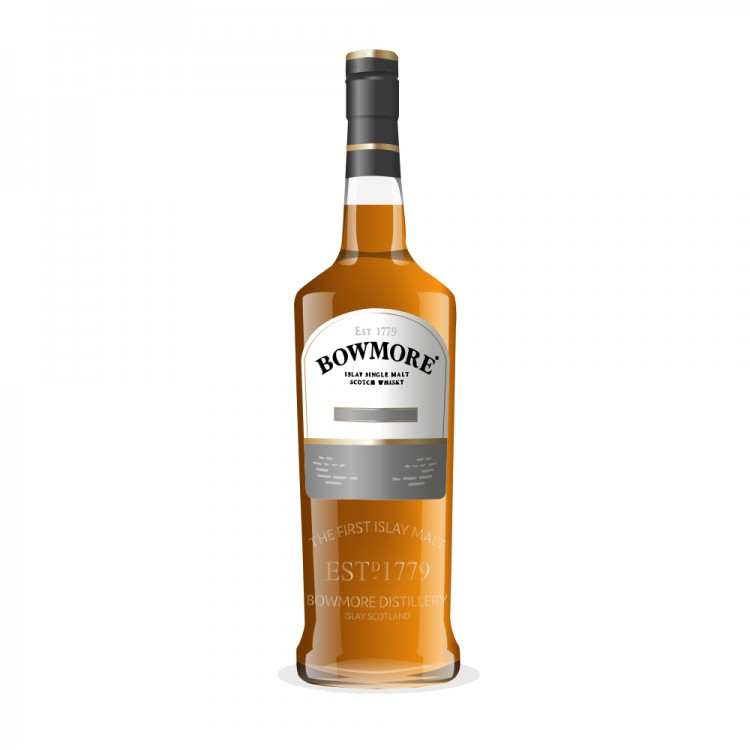
- Nose~
- Taste~
- Finish~
- Balance~
- Overall55
Show rating data charts
Distribution of ratings for this:
So on the request of michaelschout, I did a small vertical tasting of two Bowmore expressions brought to question. The first of the two I tried was the 12 year due to the fact that I found the Tempest to be both stronger (cask strength), and bigger on the nose, palate, and finish. A preface to the tasting notes: I found the Bowmore 12 year to be a bit of a disappointment on several fronts while enjoyable on others. If I were to judge this whisky (12 year) on cost and profile, I would give it a better mark but I am not about to write this with cost consideration. On to the tasting notes.
N:First off I found soft cherry and peat smoke. Spicy cinnamon is there to but wispy along with wet grass. Not to much seems to be going on yet but some more intriguing spice appears. Oranges float around in the background noticeable after the whisky has developed in the glass for a little while. The nose is interesting but throws a lot of feints (weaker notes) around. B:A thick and heavy lip forms rather quickly with large beads cropping up. The legs move along rapidly which I find odd. I acclaim these peculiar features to the added caramel colouring agent, which seems to have added a faux oiliness that contains an older whiskies traits but does not follow them to a point. The colour is a light copper. T:The sweet smoke resonates well, but the whisky is light on the palate. Slights of maltiness are present with sweet fruit (not poached) along with earthy peat texturing on the bottom. Toffee follows the line up though it is not creamy or buttery. I may have caught a note of tangerine but it could be the citrus being thrown around again. The palate could be so much more with a little more age (eggs me on to try the 15 darkest) adding a bit more to the "actual" oiliness that would be able to coat the mouth. F:Sweet citrus and apple bits with a smokey background. The peat is encompassing from the beginning. Clove and lemon zest can be noted to. There is an unpleasant bitterness showing up which isn't accompanied by anything, just bitter, but it is paved over by the light peaty smokiness. Near the kill of the finish I noticed a intresting buttery almond spread which definitely pulled a few points with me in the last few seconds.
I think this whisky is a good introduction to the peat realm. Though I find it somewhat weak and in dire need of some age tuning, it is also fairly inexpensive and you get what you pay for. With all that being said, I am partial to its delicate sweet smoke and short spectrum of peat. In comparison to the Bowmore Tempest 10 Year, I would have to go for the 10 year. This is because of a few things. Cask strength is big with me, so big points there. It is aged (to the extent of my knowledge) on Islay, opposed to being aged on the mainland like majority of the Bowmore line. Once again major points. Finally, the ten year expression shows what a good, honest Islay should be in my opinion. The price gap is well worth it, and I think many may avoid due to the age association "Why would I pay more for less years?". Quality can not always be determined by age, and I hope everyone can give this first release a try. Cheers!
Find where to buy Bowmore whisky
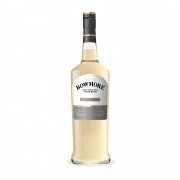
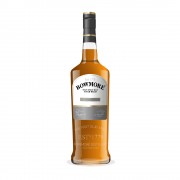
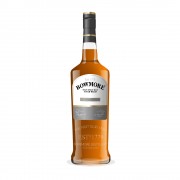
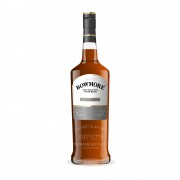







Thanks for the excellent comparison. Personally I would have rated the 12 year old a lot higher, but to each his own. You mentioned Bowmore 15 yo darkest. If you haven't tried it you should definitely get your hands on a bottle, I don't think you'll be disappointed.